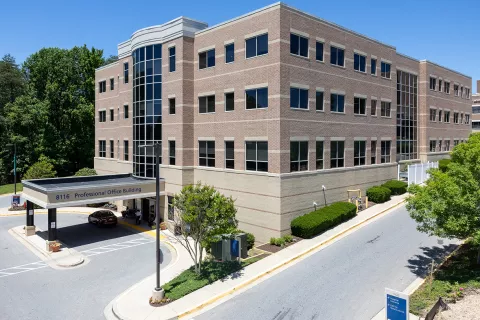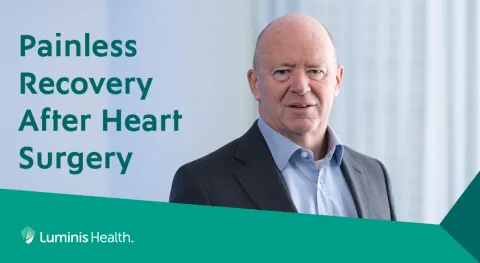It's easy to mistake leg pain for a sore muscle. But if it occurs on a regular basis, or your legs feel weak or heavy, the problem might be your arteries, not your muscles. Peripheral vascular disease (PVD) is a problem that often affects blood vessels leading to poor blood flow in your legs or feet.
What is Peripheral Vascular Disease?
PVD is also known as peripheral artery disease (PAD). It happens when plaque slowly builds up in arteries in one or both of your legs. Over time, it restricts blood flow, causes pain and can lead to wounds that won't heal.
At Luminis Health, our vascular specialists offer state-of-the-art treatments for PVD that will keep you pain-free and moving.





